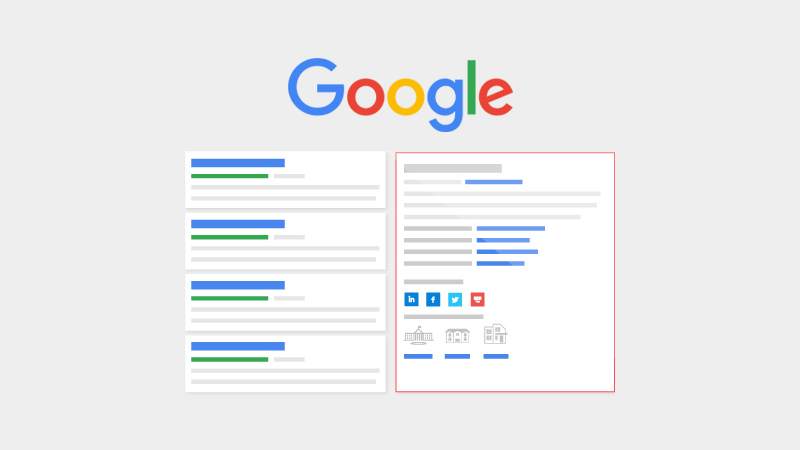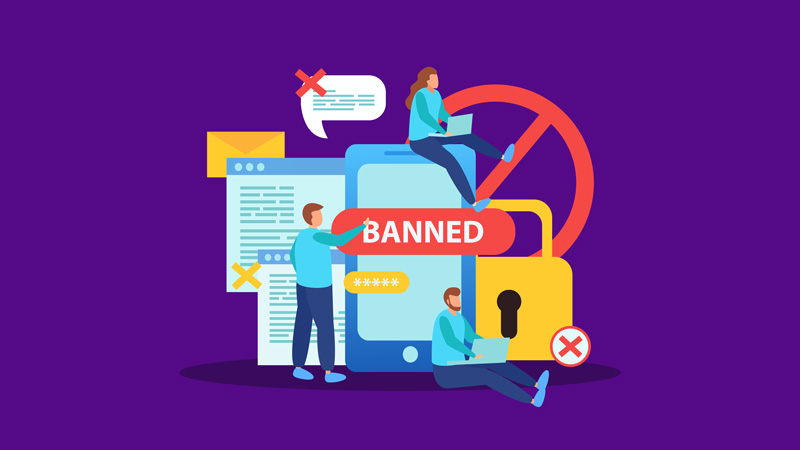Getting your website indexed by Google is a crucial step in ensuring it can appear in search results and reach your target audience. Without indexing, even the most optimized content won’t show up on search engine results pages (SERPs).
In this guide, we’ll walk you through the essential steps to get your website indexed by Google quickly and effectively, ensuring your site has the best chance of ranking higher.
Understanding Indexing
Indexing is the process where Google crawls your website and adds its pages to the search engine’s database. Once a page is indexed, it becomes eligible to appear in search results for relevant queries. Essentially, indexing is like adding your website to Google’s library, making it available for users to find.
Why Is Indexing Important for SEO?
If Google doesn’t index your site, it won’t show up in search results, no matter how optimized your content is. Indexing is the first step in the SEO process, and without it, your website won’t be able to compete for organic traffic. By ensuring Google indexes your site, you improve the likelihood of it ranking for relevant search queries.
How to Get Your Website Indexed by Google: A Step-by-Step Process
1. Submit Your Sitemap to Google
A sitemap is a file that outlines all the key pages on your website. Submitting your XML sitemap to Google helps ensure that its crawlers can easily discover your site’s content.
Steps to Submit Your Sitemap:
- Log in to Google Search Console.
- Go to the “Sitemaps” section under the “Index” tab.
- Enter the URL of your sitemap (e.g., yourwebsite.com/sitemap.xml).
- Click “Submit.”
Submitting your sitemap not only helps Google crawl your website more efficiently but also informs it of any new or updated content.
2. Request Indexing via Google Search Console
If you’ve recently updated a page or added new content, you can request indexing directly through Google Search Console.
Steps to Request Indexing:
- Go to Google Search Console.
- In the top search bar, enter the URL of the page you want to index.
- Click “Enter” to check if the page is already indexed.
- If it’s not indexed, click “Request Indexing” to trigger a crawl.
This is a quick way to ensure that any important changes or updates are noticed by Google as soon as possible.
3. Ensure Your Website Is Crawlable
Before Google can index your site, it needs to crawl it. For that to happen, you need to ensure that your website allows crawlers to explore its pages.
Key Steps:
- Check the robots.txt file: Make sure your robots.txt file does not block important pages from being crawled. To check this, go to yourwebsite.com/robots.txt and look for any “Disallow” directives that might prevent Google from crawling key sections of your site.
- Use Proper Canonical Tags: Ensure you’re using canonical tags correctly to indicate which version of a page should be indexed when there are multiple versions (e.g., www vs. non-www, or HTTP vs. HTTPS).
- Fix Broken Links: If your site has broken internal links, Google’s crawler might have trouble navigating and indexing your content properly.
4. Build Internal Links
Internal links are a key factor in helping Google discover new pages on your website. When you link to new content from existing pages, Google’s crawler can easily follow those links and index the new pages.
Best Practices:
- Add internal links from high-authority pages (e.g., your homepage or popular blog posts) to new or updated pages.
- Use descriptive anchor text to help Google understand what the linked page is about.
- Create an HTML sitemap that lists all important pages to improve navigation and crawlability.
5. Acquire Backlinks from Reputable Sites
Backlinks (links from external websites to your site) signal to Google that your website is trustworthy and worth indexing. A few high-quality backlinks can prompt Google to crawl your site more frequently and index new pages faster.
How to Acquire Backlinks:
- Contribute articles to well-respected sites within your industry.
- Reach out to bloggers or webmasters for collaboration opportunities.
- Share your content on social media platforms where it might gain traction and attract organic backlinks.
6. Ensure Fast Loading Speed and Mobile Friendliness
Google prioritizes websites that provide a great user experience, and that includes fast loading speeds and mobile optimization. Websites that load quickly and are mobile-friendly are more likely to be indexed and ranked higher.
Optimization Tips:
- Use Google’s PageSpeed Insights tool to check your site’s loading speed and make necessary improvements.
- Implement responsive design to ensure your site works well on all devices, including smartphones and tablets.
- Minimize file sizes and optimize images to reduce load time.
7. Use Google’s URL Inspection Tool
Google Search Console provides a URL Inspection tool that lets you check how Google views a specific page on your website. This tool provides valuable insights into potential indexing issues.
How to Use It:
- Log in to Google Search Console.
- Enter the URL you want to inspect.
- Review the results for crawl errors, mobile usability, or AMP issues that could prevent indexing.
- Fix any errors and resubmit the page for indexing.
How to Check if Your Website Is Indexed
To see whether Google has indexed your site, follow these simple steps:
- Go to Google and type “site.com” into the search bar.
- If your website has been indexed, you’ll see a list of all your indexed pages.
- If no results appear, this means your site isn’t indexed yet, and you’ll need to take the necessary steps to fix the issue.
Indexing Issues and Solutions
- Crawl Errors: If Googlebot encounters errors while crawling your site, such as 404 pages or server errors, these can prevent indexing. Fixing broken links and ensuring that your server is stable will help resolve these issues.
- Blocked Pages: Sometimes, pages can be accidentally blocked by robots.txt or noindex tags. Review these settings to ensure that important pages are not restricted from being crawled.
- Duplicate Content: Duplicate content can confuse Google and prevent proper indexing. Use canonical tags to indicate which version of a page should be indexed to avoid this issue.
- Poor Site Structure: A disorganized website structure makes it harder for search engines to crawl and index your pages. Simplify your navigation and ensure your website is well-organized for both users and bots.
Final Thoughts
Ensuring that your website is indexed by Google is a foundational part of SEO. By following the steps outlined in this guide, submitting your sitemap, requesting indexing, building internal and external links, and improving site speed. You’ll not only get your website indexed faster but also improve your overall rankings.
Keep an eye on Google Search Console to monitor your site’s indexing status and address any issues that may arise. With proper indexing, your website will have a greater chance of appearing on Google’s search results, driving more organic traffic and boosting your online presence.




